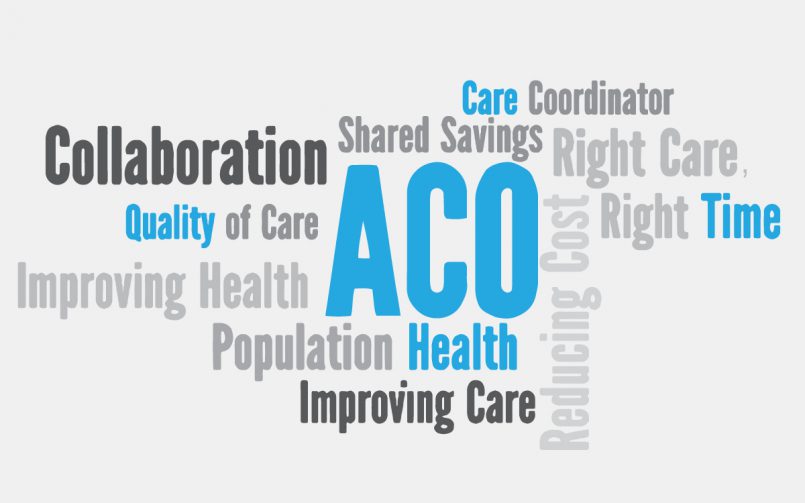
What are Accountable Care Organizations and where did they originate?
The growth of ACOs
What happened after 2010? By 2017, the little ACO had grown into a prolific model of value-based payment. More than 900 public and private ACOs were covering approximately 32.4 million patients. The model’s popularity among Medicaid providers has continued to expand. As of July of this year, 559 Medicare ACOs served more than 12.3 million beneficiaries, and hundreds more commercial and Medicaid ACOs served millions more.
What does an ACO look like?
An ACO brings together all parties involved in a patient’s care to communicate and coordinate services. In so doing, it moves from a model in which each party receives a fee for rendered services to one that rewards demonstrable reduction of overall cost per patient served. With a shared-savings model, ideally, costs should fall and quality of care should remain stable or increase. ACOs differ from HMOs or capitation models with their emphasis on care quality and population health care.
The majority of ACOs with commercial contracts are also held responsible for prescription spending, and in 2015 nearly half of them either included a pharmacy or contracted pharmacy services. The inclusion of prescription spending and management influences ACO success. Prescription use exerts a major impact on overall spending. Hence, data suggests that such integration better allocates costs by increasing prescribing quality and measuring prescription spending performance.
ACOs and accomplishing goals
Are ACOs cutting spending? Yes. The most successful models are cutting spending almost a decade later. A report from October of 2020 shares that the CMS achieved savings in 2018 for the second year in a row from the Medicare Shared Savings Program. Medicare ACOs achieved $1.7 billion in savings in 2018, and the CMS received a $739.4 million gain as a result.
Notably, the savings to CMS in 2017 were $314 million in comparison. ACOs are showing strong growth. The ACOs that are most successful are those that are gaining confidence and assuming greater downside risk. ACOs are classified in tracks, and in 2017, 92% of Medicare ACOs were classified as Track 1. A Track 1 ACO shares profits but doesn’t assume risk. In 2018, about 86% of ACOs were still in Track 1. Many others moved to Track 1+, in which an ACO assumes responsibility for modest loss.
Are ACOs helping patients? Yes. ACO success stories include the physician-owned multi-specialty Crystal Run Healthcare in New York and Memorial Hermann Health System, the largest not-for-profit healthcare system in Texas. Each ecosystem focuses on the journey from volume to value, segmenting patients by risk, identifying cost redundancies, employing telemedicine and at-home patient care, and reducing hospital re-admissions.
Medicare expenditures continue to rise and the and the cost savings that have been achieved to date are about $73 per beneficiary. However, the transition to valuing health care over volume promises growth and rewards innovation. It is clear that ACOs will continue to evolve and impact all players in personalized care delivery in 21st-century medicine.
Snowfish was established almost two decades ago to empower life science companies in their stakeholder efforts. We provide the full spectrum of stakeholder services ranging from landscape analysis to mapping and engagement planning. We go beyond KOLs to include societies, patient, advocacy and policy groups. Please check out Snowfish at reach out to us at info@snowfish.net to learn more.
- Market Access: The Latest Hurdle for Treating Alzheimer’s and Dementia - June 14, 2023
- Rare Disease Outreach a Missed Opportunity - November 7, 2022
- So You Read Our Previous Post on Biomarkers? - August 1, 2022



